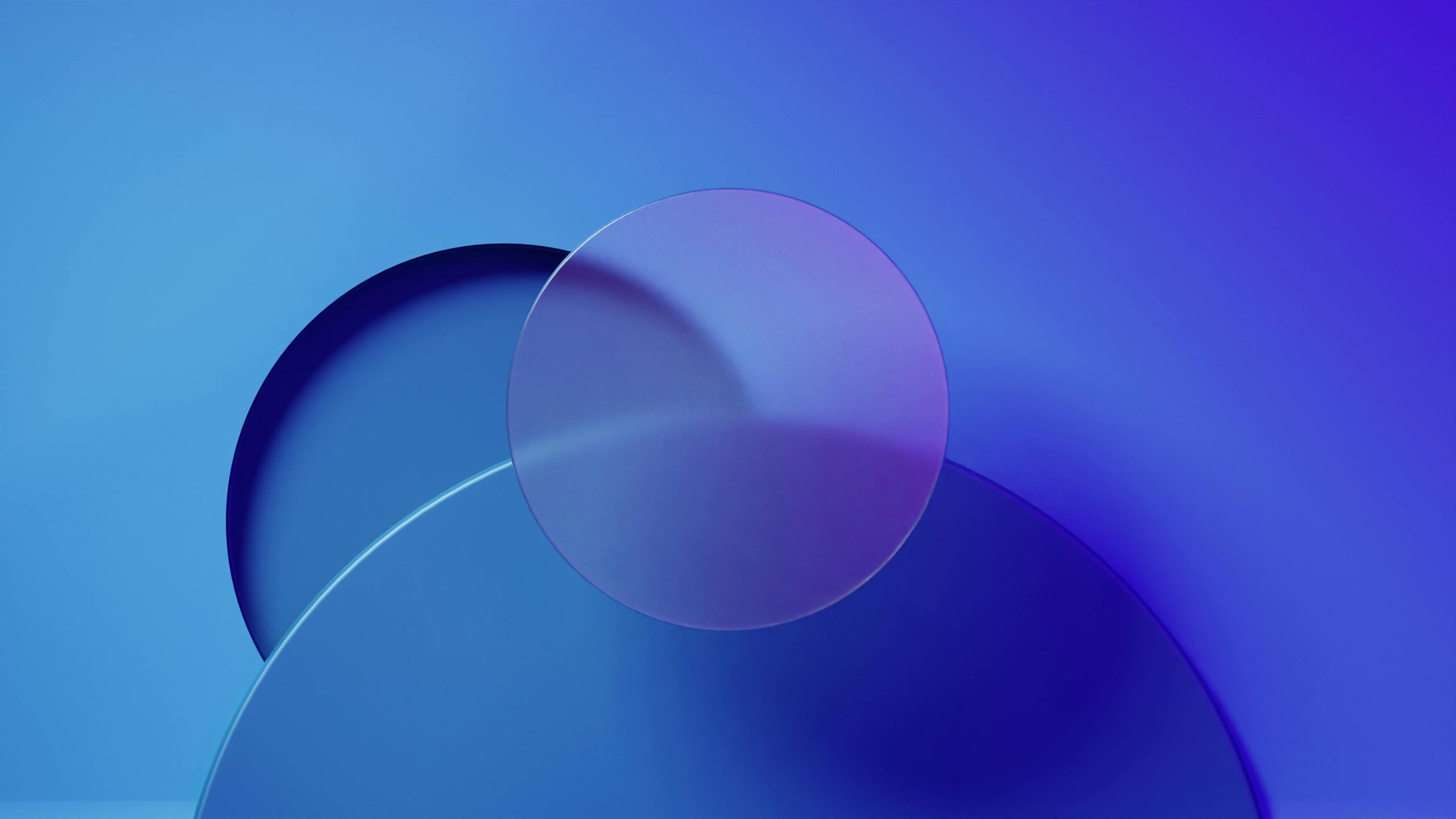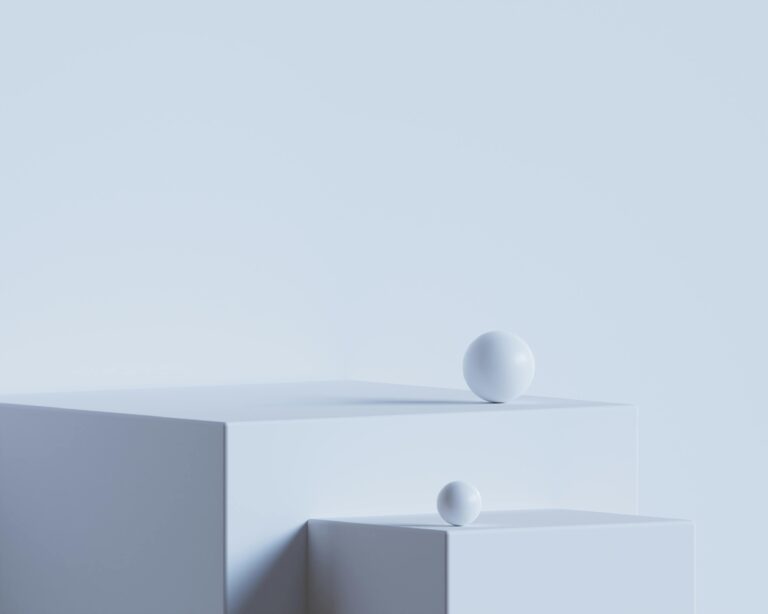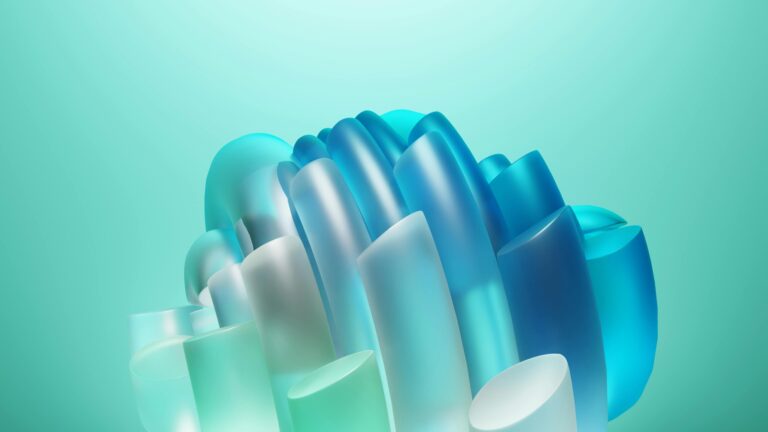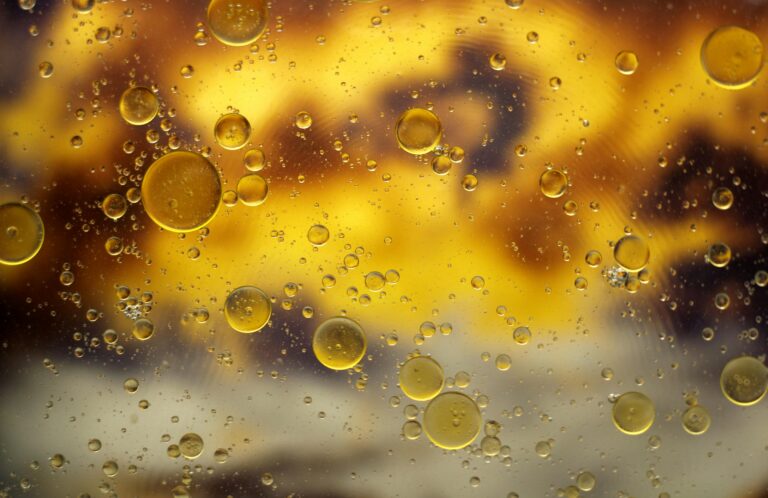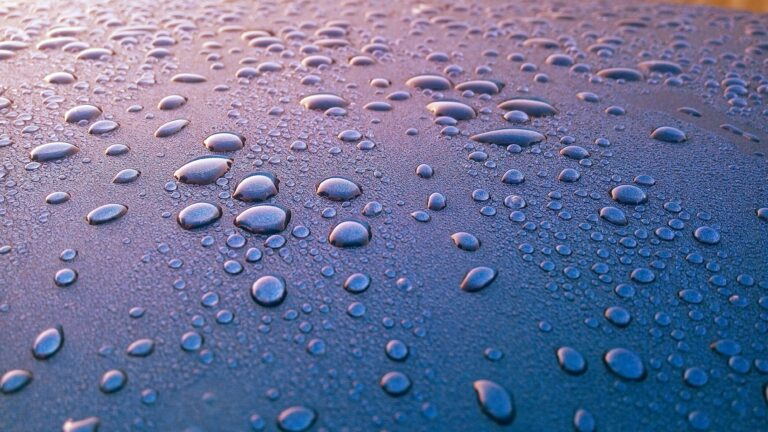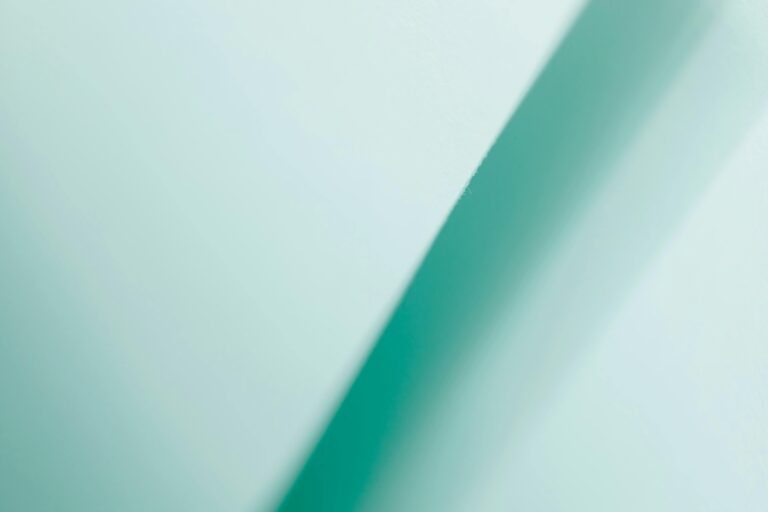Beyond Flat Design: Embracing Depth and Texture in 2025 Web Design
The Evolution of Web Aesthetics: From Skeuomorphism to What's Next?
The web has always been a canvas for evolving design philosophies. We’ve witnessed the rise and fall of skeuomorphism, where digital interfaces mimicked real-world objects. Then came flat design, prioritizing simplicity and minimalism. But in 2025, a new era is dawning, one that moves beyond the starkness of flat design and embraces depth, texture, and a richer sensory experience.
Why the Shift? The User Experience Demands More
Flat design, while initially refreshing, has begun to feel sterile and homogenous. Users crave visual cues that guide their interactions and provide a more intuitive experience. Subtle shadows, gradients, and carefully chosen textures can enhance usability, highlighting clickable elements and creating a sense of visual hierarchy. The move towards depth isn’t about excessive embellishment; it’s about strategic enhancement of the user experience.
Key Design Elements for Depth and Texture in 2025
Several techniques are leading the charge in this aesthetic evolution:
- Subtle Gradients: Moving away from harsh color blocks, gradients add subtle dimension and visual interest. They can be used to create a sense of depth, highlight specific areas, or simply add a touch of sophistication.
- Soft Shadows and Highlights: Used judiciously, shadows and highlights can simulate depth and create a more realistic appearance. This technique is particularly effective for buttons, cards, and other interactive elements.
- Carefully Chosen Textures: From subtle paper textures to more pronounced patterns, textures can add a layer of visual richness and personality to a website. However, restraint is crucial. Overuse of texture can lead to a cluttered and distracting design.
- Neumorphism and Soft UI: These trends, characterized by subtle extrusions and indentations, offer a softer, more tactile feel than traditional flat design. They create a sense of depth without relying on harsh shadows or gradients.
- 3D Elements and Illustrations: While not always practical for every project, 3D elements and illustrations can add a unique and engaging visual dimension. These elements can be used to create immersive experiences, showcase products, or simply add a touch of whimsy.
Implementing Depth and Texture with Elementor and CopyElement
Creating visually rich designs doesn’t have to be complex. With Elementor and CopyElement, you can easily incorporate these techniques into your web projects. Leverage Elementor’s gradient backgrounds, box-shadow options, and custom CSS capabilities to add depth and dimension to your elements.
CopyElement’s pre-designed components can serve as a starting point, offering beautifully crafted elements with carefully considered textures and subtle depth effects. Simply import a component and customize it to fit your specific needs. This allows you to create stunning designs quickly and efficiently, without needing to write code from scratch. Experiment with different combinations of shadows, gradients, and textures to find the perfect balance for your brand.
Avoiding Common Pitfalls: Less is More
While embracing depth and texture can enhance a website’s visual appeal, it’s crucial to avoid overdoing it. Too much texture, excessive shadows, and clashing gradients can create a cluttered and overwhelming experience. The key is to use these techniques strategically and with restraint, ensuring that they enhance usability rather than detract from it. Prioritize clarity and functionality, and use depth and texture to guide the user’s eye and highlight important elements.
The Future of Web Design: A Balanced Approach
The shift towards depth and texture in web design represents a natural evolution, a move towards a more engaging and user-friendly experience. By embracing these techniques thoughtfully and strategically, designers can create websites that are not only visually appealing but also highly functional and intuitive. The future of web design lies in finding a balance between simplicity and richness, creating experiences that are both visually stunning and easy to use. As we move further into 2025, expect to see even more innovative approaches to depth, texture, and visual storytelling on the web, all aimed at creating more immersive and engaging experiences for users.


